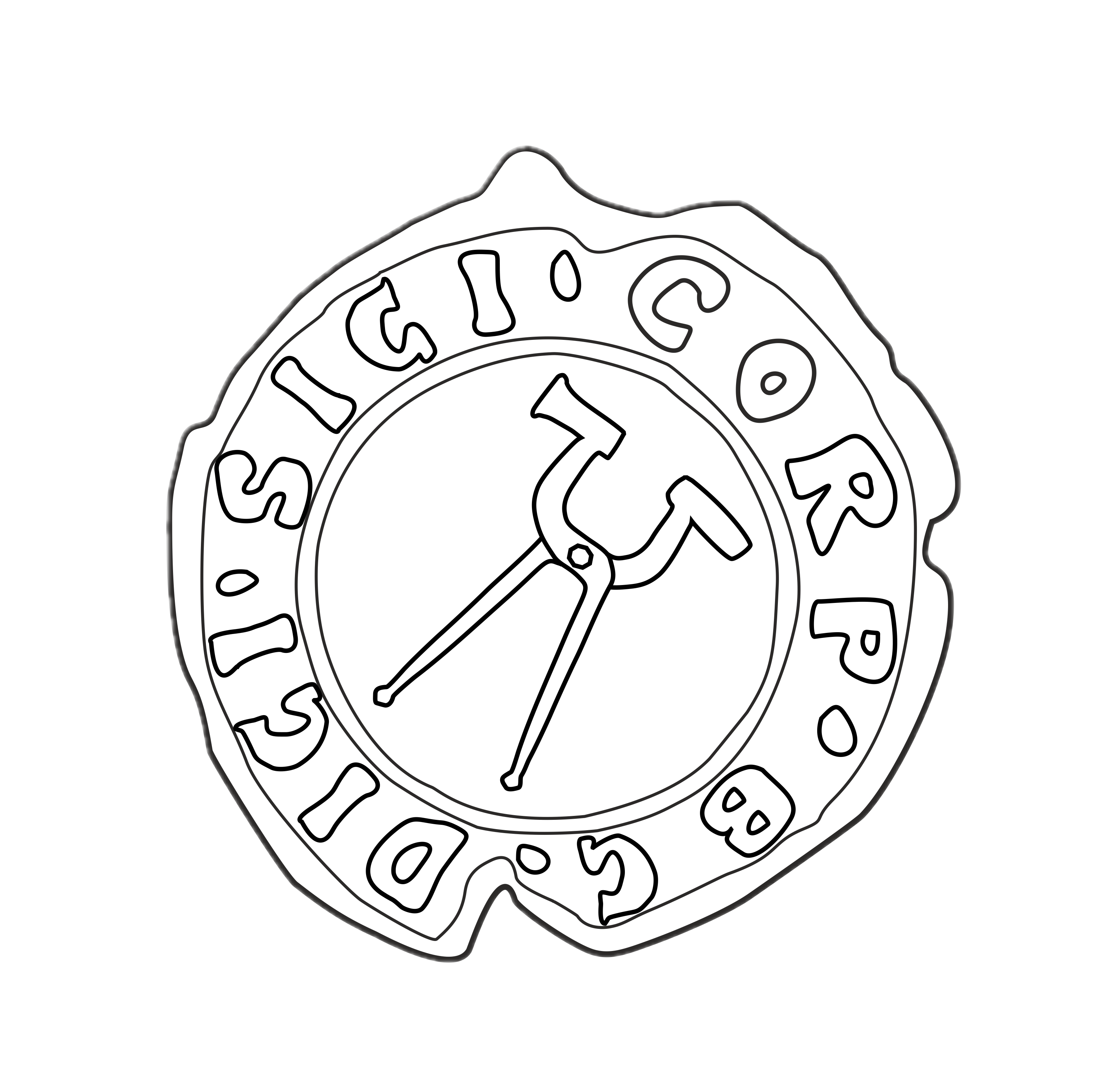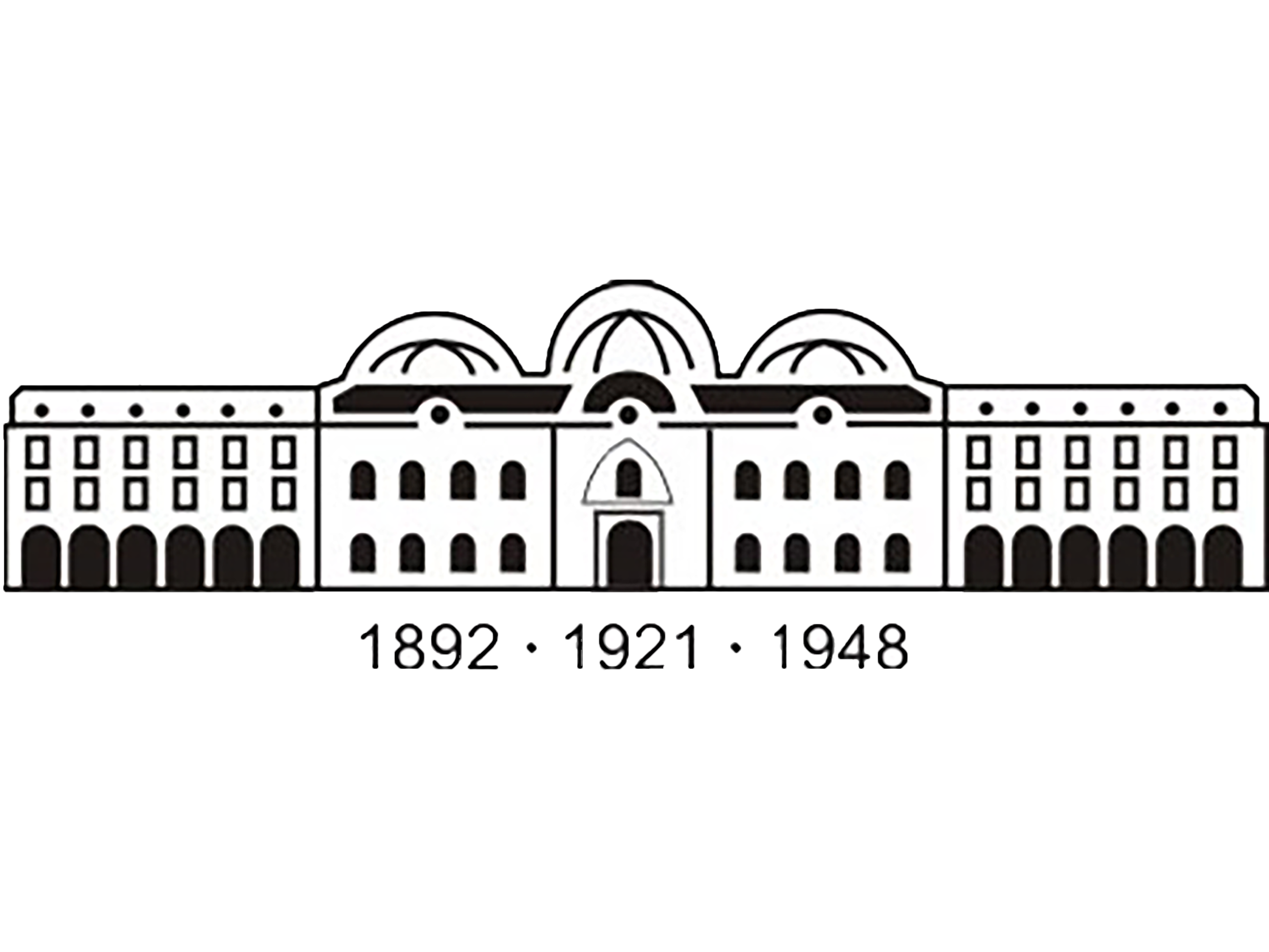SigiDoc ID: ―
Artifact
- Type
- Seal
- General layout
- Iconography and legend
- Matrix
- ―
Physical description
- Medium
- Original impression
- Material
- Lead
- Shape
- Round
- Dimensions (mm)
- Diam. 31.1
- Weight (g)
- 20.86
- Channel orientation (clock)
- ―
- Axis (clock)
- ―
- Overstrike orientation (clock)
- ―
- Execution
- Struck
- Countermark
- ―
- Condition
- Weak imprint along the channel on the reverse.
Dating
- Date
- 1176-1200
- Internal date
- ―
- Dating criteria
- Epigraphy, Onomastics, Terminology
- Alternative dating
- ―
History
- Category
- ―
- Issuer
- Georgios Glabas
- Issuer's milieu
- ―
- Place of origin
- Veliko Tarnovo
- Find place
- Veliko Tarnovo
- Find date
- Find circumstances
- Excavations
- Modern location
- Veliko Tarnovo (Bulgaria)
- Institution and repository
- Regional Historical Museum – Veliko Tarnovo
- Collection and inventory
- KVP 13 S/TOM
- Acquisition
-
―
- Previous locations
-
―
- Modern observations
-
Discovered during excavations led by J. Aleksiev at Tsarevets, site 13, near the Eastern fortress wall, in 1978.
Obverse
- Language(s)
- Byzantine Greek
- Layout of field
- Field's dimensions (mm)
- ―
- Matrix
- Epigraphy, Onomastics, Terminology
- Iconography
- Half-figure of Mother of God, type Episkepsis; sigla
- Decoration
- ―
- Epigraphy
- ―
Reverse
- Language(s)
- Byzantine Greek
- Layout of field
- Field's dimensions (mm)
- ―
- Matrix
- ―
- Iconography
- ―
- Decoration
- ―
- Epigraphy
- ―
Edition
Apparatus
L. 6: at the end, letter deleted by the craftsmanLegend and Translation
Μήτηρ Θεοῦ. Μήτηρ Θεοῦ σκέπε τὸν σὸν δοῦλον σεβαστὸν τὸν Γλαβᾶν Γεώργιον
Mother of God. Mother of God, aid your servant Georgios Glabas, sebastos
References
- Edition(s)
- ―
- Parallel(s)
- No parallels known
- Further references
- ―
Commentary
At the end of the sixth row on the reverse, the craftsman intended to put a letter after the iota, but reconsidered, probably because he could still not end the text there, and deleted it; its traces, however, are visible. At the end of the seventh row, the craftsman was perhaps confused with the ending of the inscription, probably because of the deleted letter above, and ended it with a colon followed by a dash; there is nothing to the left of the omicron though.
Footnotes
On the excavation, see AOR 1978 (1979), p. 152-153.




